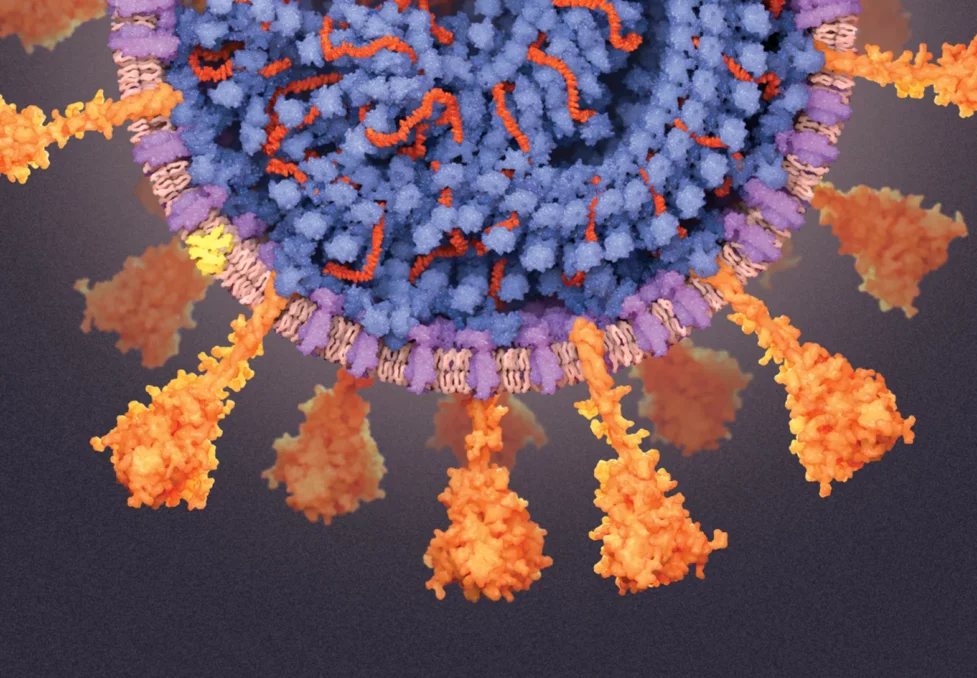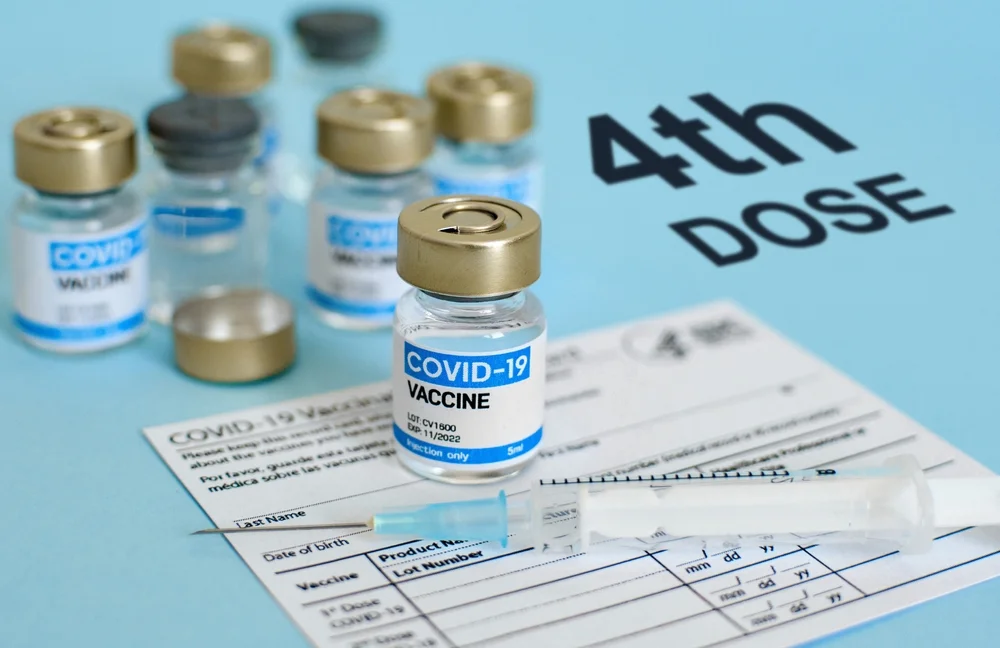The recent spike in the incidence of SARS-CoV-2 in the US is proof, in the opinion of US epidemiologist Eric Feigl-Ding, of a fresh COVID-19 wave.
According to epidemiologist and health economist Eric Feigl-Ding, immunity levels are dwindling and new booster injections are not yet readily available.
While immunity levels are dwindling and new boosters are still far from being available, a new COVID wave is unmistakably developing in the US. Another original Omicron winter wave is not necessary to inflict havoc; the Delta variation killed many people in August–October 2021. Don’t risk Long Covid, as well.
Table of Contents
Wastewater Indicates Reaching April Levels:

Referring to the SARS-CoV-2 viral concentration during the previous six months. “The increase in wastewater puts us roughly at April levels, but we obviously could be headed to another wave,” said the researcher.
When questioned about the new wave’s potential toll in comparison to the Delta variation, Eric said that while it might not produce as many fatalities, it can still create major disruption.
He highlighted that even in the absence of a spike in fatalities, hospitals may quickly become overcrowded.
Earlier in June, Reuters reported that one of the major XBB types in use now should be targeted by COVID-19 vaccines being created and manufactured for the 2024–2024 campaign: the US Food and Drug Administration (FDA) staff reviewers.
Pandemic like SARS-CoV-2 in the US: Report reveals
The Covid-19 illness, which started in China roughly three years ago, may not be the next worldwide pandemic, according to a scientific analysis from Harvard Law School and New York University.
According to a USA Today study, a number of frightening diseases—called zoonotic diseases—including Ebola, Zika, HIV/AIDS, and others—are transmitted by animals.
In the United States, a devastating epidemic of an infectious virus may readily spread from animals to people, according to researchers.
There is an unjustified misconception that zoonotic illness only occurs in other places, according to Ann Linder, one of the report’s principal authors. In many respects, I believe we are more exposed than ever.
The paper also noted potential transmission routes, such as close contact between cattle in industrial farms, the trade in wild animals, the trade in furs, etc. She added that every year, the US imports more than 220 million live wild animals for a variety of uses.
“We have removed barriers caused by mountains, seas, and other naturally existing diseases as a result of globalisation. We’re combining animals and germs from many continents and moving at an incredibly fast rate, Ann Linder continued.
According to the CDC, it is exceedingly unlikely for an avian illness to be transmitted from an animal to a human in the United States, according to Ashley Peterson, the National Chicken Council’s senior vice president of scientific and regulatory affairs.
Workers on industrial farms are exposed because of a lack of laws protecting them, according to Delcianna Winders, an associate professor of law and the head of the Animal Law & Graduate School in Royalton, Vermont, which houses the Institute for Law and Policy.
“The rearing of animals on farms is seldom regulated at all. Although there is little oversight of the abattoir, it is woefully insufficient and increasingly worse. Instead of tightening control, the federal government is already deregulating slaughter, according to Delcianna Winders.
WHO Panel suggestion for modifying COVID-19 Booster injections

A World Health Organisation (WHO) expert panel suggested modifying the COVID-19 booster injections for the year to include XBB subvariants in May. The COVID vaccination boosters administered in the United States last year comprised a bivalent dose that contained both the original strain of the vaccine and the Omicron version.
In the United States, around 17% of persons received a COVID booster dose during the 2022–2024 immunisation season, according to CDC data that was accessible up until early May.
According to Reuters, improved COVID-19 vaccinations that particularly target the XBB.1.5 variation and other now circulating strains are being developed by vaccine producers including Pfizer/BioNTech, Moderna Inc., and Novavax Inc.
Easing COVID Norms for International Travelers

The federal government on Wednesday relaxed covid-19 restrictions, removing the necessity for RT-PCR-based testing of a random 2% subgroup of overseas visitors arriving in India, amid a continuous fall in coronavirus infections in the nation.
An official source claims that “the current guidelines are being revised considering the declining trajectory of COVID-19 cases worldwide”.
India recorded 49 new cases of SARS-CoV-2 in the past 24 hours, and there are currently 1,464 active cases, according to a health ministry bulletin on Wednesday.
According to the health ministry website, the total number of cases since the pandemic began in early 2020 stands at 44.9 million, with a recovery rate of 98.81%. There have been 531,915 fatalities.
The government has said that it is preferable for all overseas visitors to be completely immunised in accordance with their country’s main vaccination schedule for COVID-19.
“In-flight warnings on the ongoing COVID-19 pandemic should be provided in flights/travel and at all ports of entry and shall include precautionary measures to be observed, preferable usage of masks, and following physical distance. “Any passenger exhibiting COVID-19 symptoms during travel shall be isolated as per standard protocol and the said passenger shall be wearing a mask, isolated,” according to the new standards and segregated from other passengers in flight/travel and subsequently shifted to an isolation facility for follow-up treatment.
De-boarding should be done immediately after arrival while maintaining physical distance. “Health officials on duty at the entrance site should thermally screen every traveller.” Passengers who exhibit symptoms during screening must be brought to a recognised medical institution right away and segregated in accordance with health procedures.
The World Health Organisation (WHO) proclaimed the coronavirus pandemic to be over as a public health emergency in May, but warned that the illness still posed a risk to human life and that precautions must be taken.













